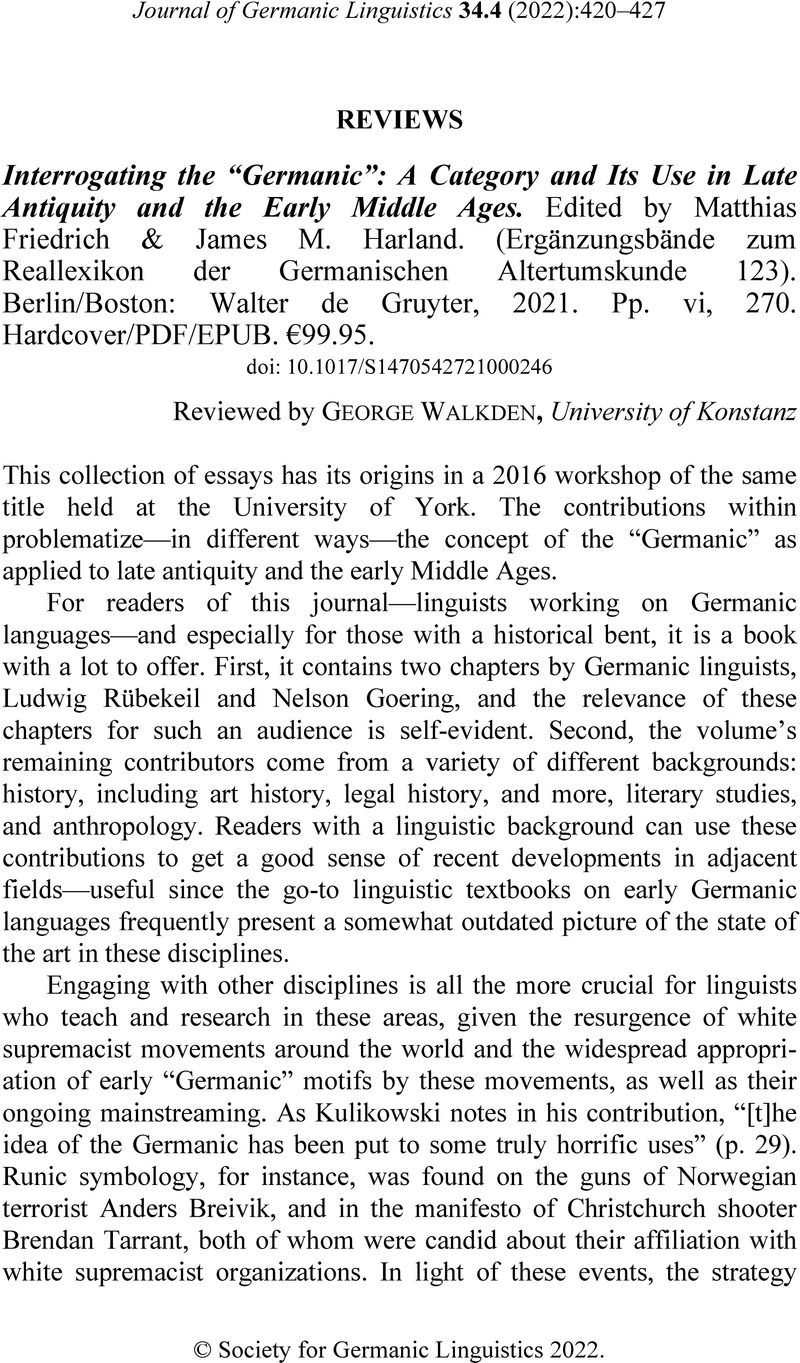Rambaran-Olm, Mary.
2018. Anglo-Saxon studies, academia and white supremacy. Unpublished manuscript, University of Toronto. Available at
https://mrambaranolm.medium.com/anglo-saxon-studies-academia-and-white-supremacy-17c87b360bf3, accessed in April 2021.
Google Scholar 